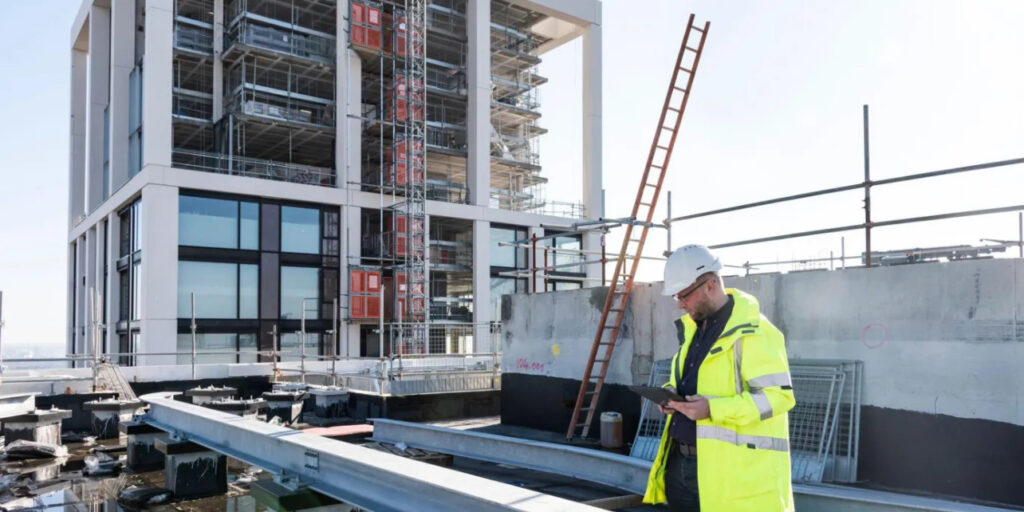New government statistics reveal a staggering 88% decrease in the number of affordable homes started in London over the last financial year. Between April 2023 and March 2024, only 3,156 affordable housing projects were initiated across Greater London, a sharp decline from 26,386 starts in the previous year.
Some boroughs saw minimal progress, with Harrow, Bexley, Richmond-upon-Thames, and the City of London each reporting just one new affordable home started during this period. In Kensington and Chelsea, work began on only two affordable homes, while Brent, Enfield, and Lambeth each reported three starts.
A government spokesperson acknowledged the dire situation but stated that planned changes to the planning system, increased funding, and mandatory local housing targets could help address the crisis.
What Counts as Affordable Housing?
Affordable housing includes a range of property types:
* Social rent homes: Set at approximately 50% of local market rates.
* Affordable rent homes: Let at up to 80% of local market rates.
* Shared ownership properties: Allowing buyers to own a portion of the property while paying rent on the remainder.
London’s decline in affordable housing starts is far worse than the nationwide drop of 39% across England during the same period. Boroughs with the highest number of affordable housing starts in 2023/24 included Barking and Dagenham (584, down from 1,021), Greenwich (406, down from 2,615), and Redbridge (351, down from 575).
Barriers to Affordable Housing Development
A spokeswoman for London Councils, the local government association, highlighted several obstacles to affordable housing development. She pointed out that while 2022 saw the highest number of council-built homes since the 1970s, market conditions for starting new projects have become “incredibly tough.”
“There are 287,000 potential new homes in London with planning permission, including 70,000 affordable homes, that have yet to be built,” she said. “Skyrocketing construction costs, insufficient capital funding, and high land values make many schemes unviable.”
She also noted a £700m cumulative funding gap in social housing budgets across London. This shortfall has left many boroughs unable to move forward with planned developments.
Government and Expert Responses
In response to the crisis, Chancellor Rachel Reeves announced a £500m “top-up” to the previous £11.5bn England-wide Affordable Homes Programme in her recent Budget. Of this amount, £100m was allocated to London, bringing the capital’s total share to £4.1bn.
However, experts argue that this funding is insufficient to meet London’s needs. Rob Anderson, research director at the Centre for London think tank, welcomed the funding boost but warned that it falls far short of the estimated £4.6bn to £15.1bn annually required to address the shortage of social housing.
“While policy changes such as planning reform to unlock areas on the ‘grey’ belt or incentivize housebuilding on brownfield land are steps in the right direction, they will not be enough to reverse the crisis,” Anderson said.
As challenges such as high land values and escalating construction costs persist, London’s affordable housing crisis underscores the urgent need for comprehensive policy and financial interventions.


